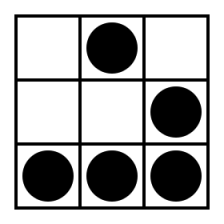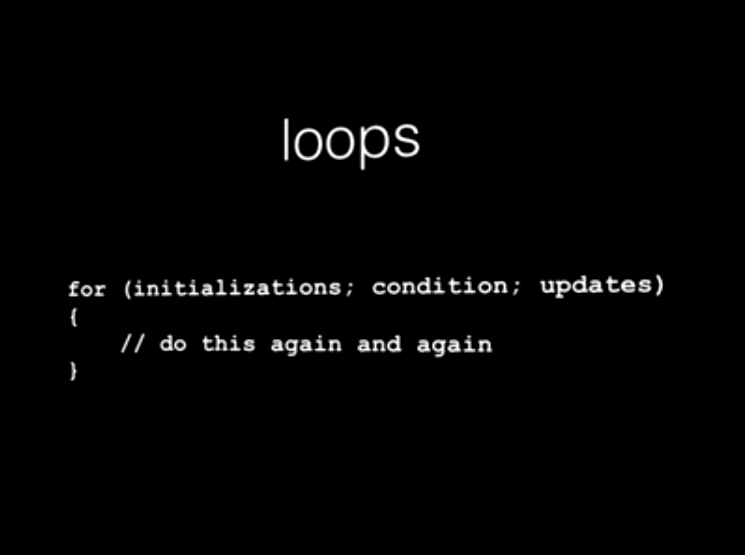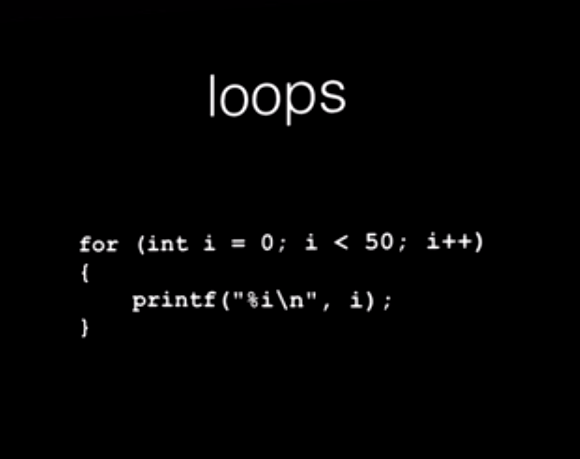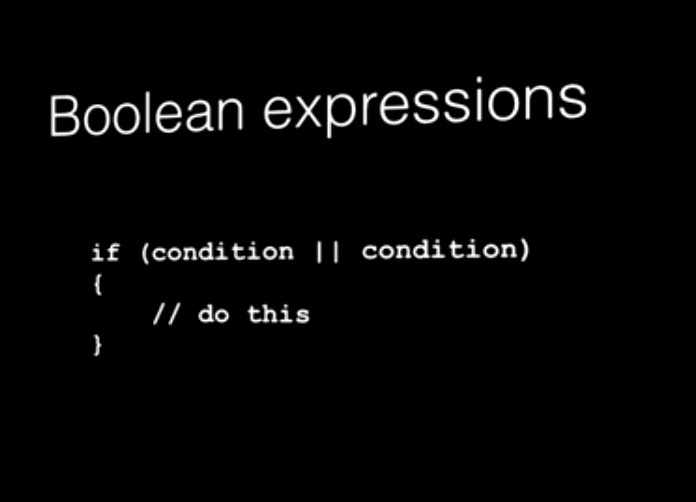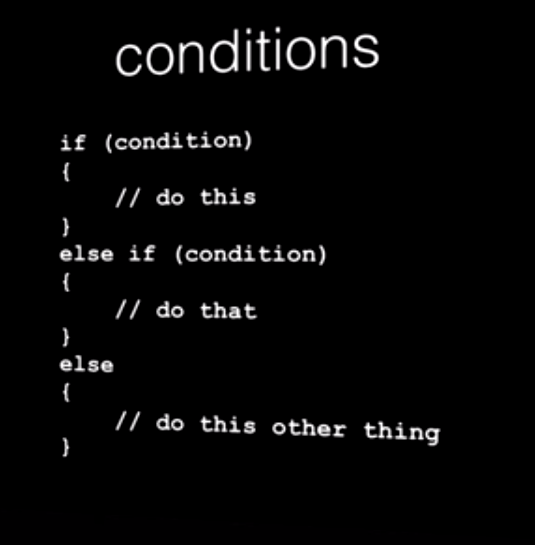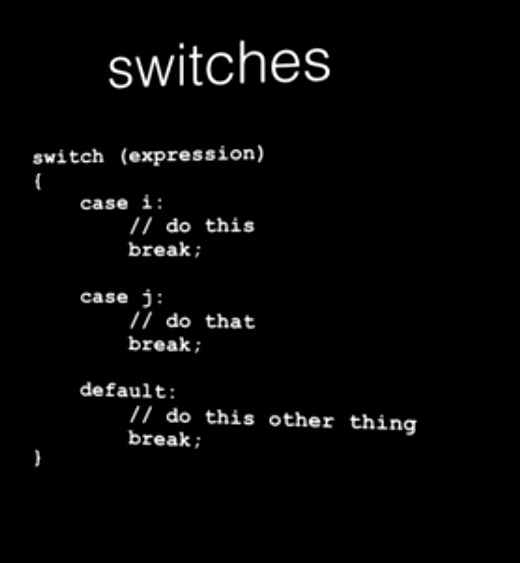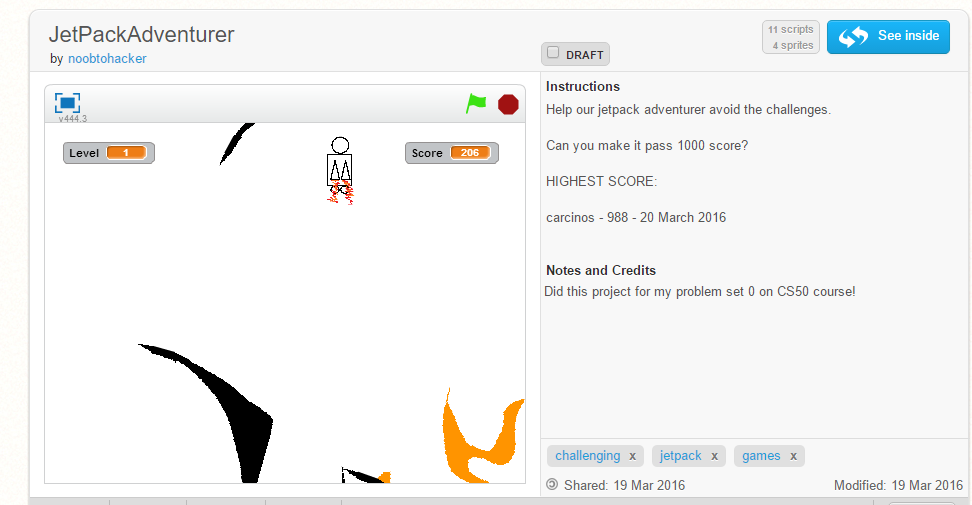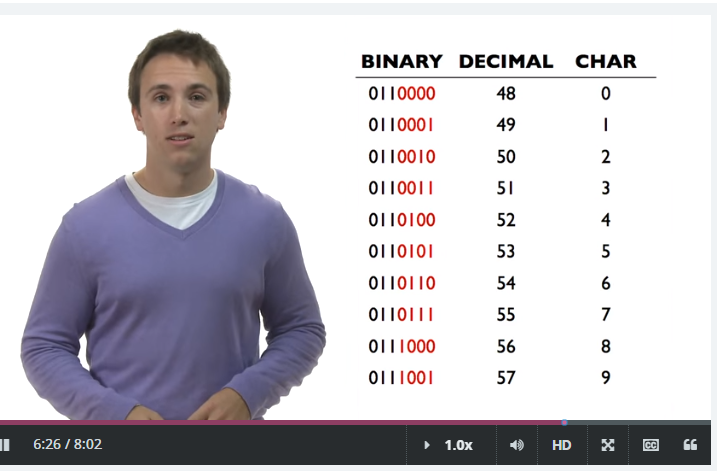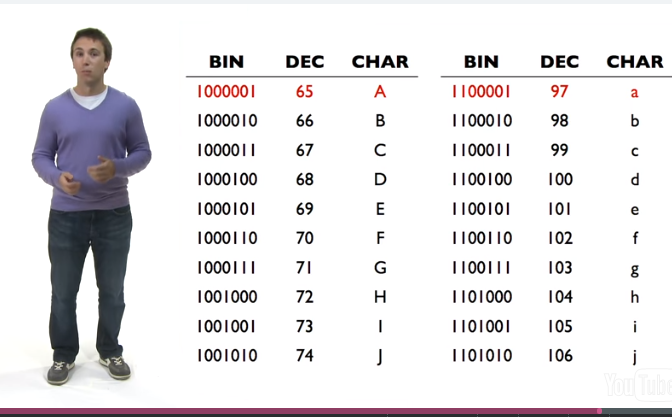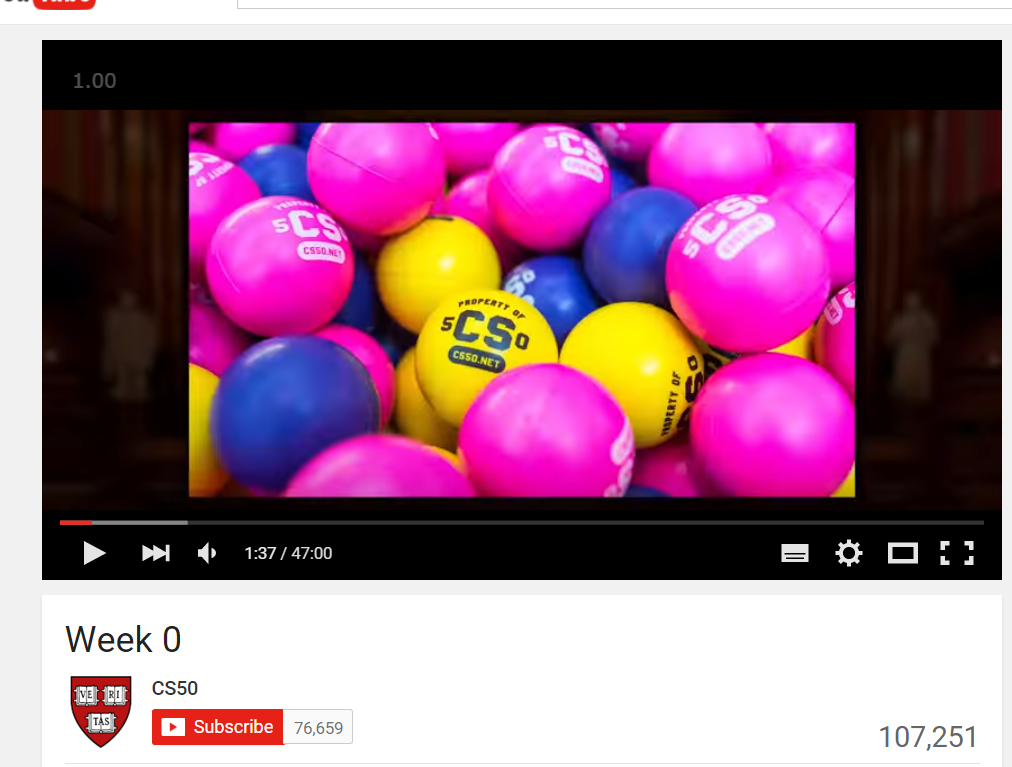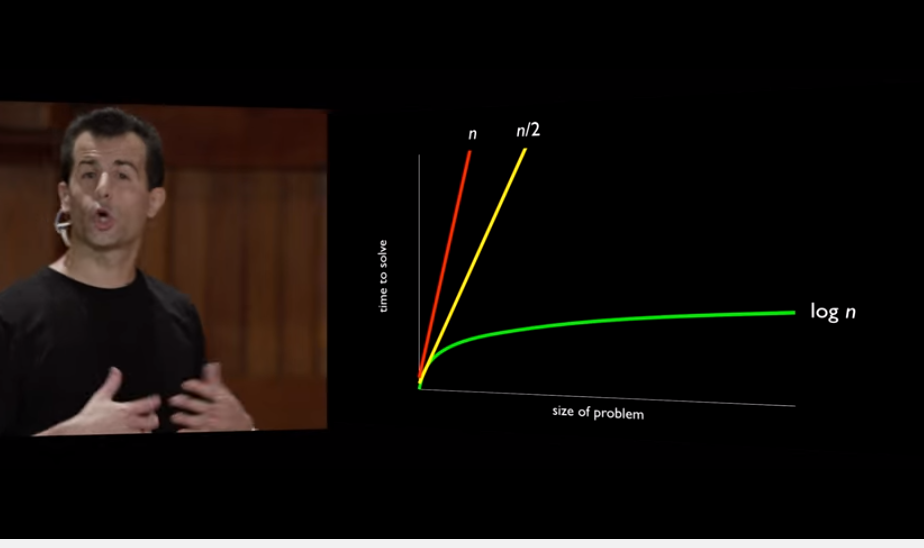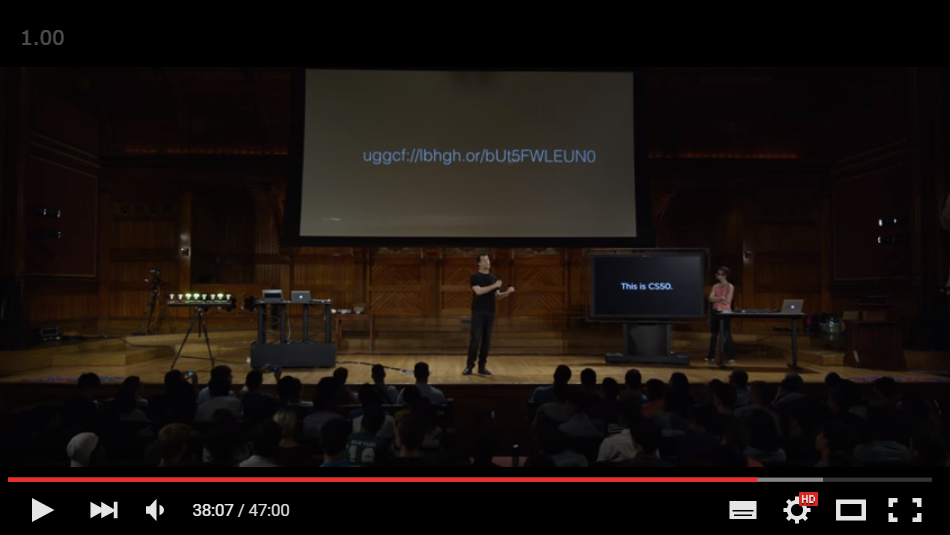What happens if you exceed the possible number that can be represented? Integer overflow happens, and value changes to other values so one needs to be careful with this.
Compiler takes higher level code to lower level that machine can actually understand.
CLANG:
- Pre-processing (Acts on the # lines)
- Compilation
- Assembly
- Linker
You can tell clang to do just factions of that process by adding -E -S or stuff like that.
I have finalized Week 1 classes and I am doing the “shorts” which take about 1,30 hours , so its like two lectures again. These are now pretty hard and I have not been able to fully understand them yet. Maybe in the future I will go back to them. Basically some of the concepts of compilers, libraries etc.
Already looking into Problem Set 1 and looks pretty hard. Let’s see!
